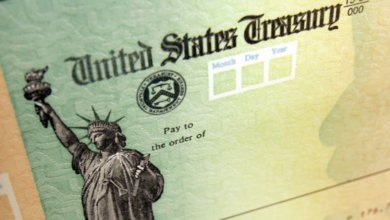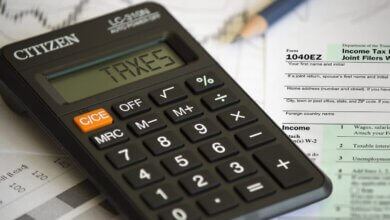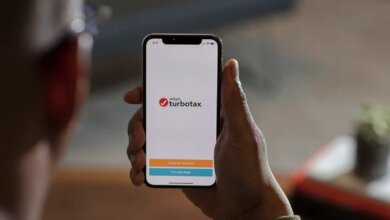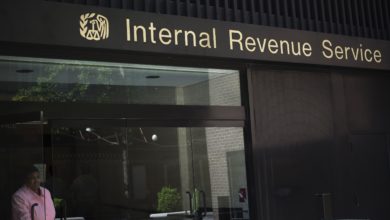When are Q1 estimated taxes due?

The first quarter of the year starts on January 1st and ends on March 31. Taxpayers that earn self-employed income or income in general that isn’t subject to federal income tax withholding are required to make estimated tax payments to the Internal Revenue Service, to pay what they owe for the quarter. Since there is no employer or a person in a position to pay taxes through income withholdings for these taxpayers, the IRS wants them to estimate taxes.
How to estimate Q1 taxes?
The tax form used for estimating taxes is the 1040-ES. If you’re familiar with how much you’re going to pay in taxes accounting for the tax changes for the year, you can even skip it. But, to be sure, we highly suggest using Form 1040-ES to see your tax liability for the quarter. Estimate not only the first quarter’s taxes by using Form 1040-ES, but for the following quarters.
Once you’ve estimated your tax liability for the first quarter, you can then go ahead and pay the Internal Revenue Service. You have two main options to pay taxes online. These are as follows.
Paying estimated taxes
The Internal Revenue Service has many payment channels you can use to pay taxes. If you’re making a large tax payment, use a debit card or your bank account to make the payment, as the processing fees for debit cards are fixed at between $2 and $4. The processing fees vary depending on which payment processor used for paying taxes. Paying with a bank account eliminates these processing fees, and you’ll pay the IRS directly, hence the name of the payment channel, Direct Pay. Learn more about Direct Pay to pay taxes online using your bank account.
Amount of estimated tax payments
While the tax liability at the end of the year is the most important, you should care how much you’re paying to the IRS for every quarter. If a quarter’s estimated tax payment is less than what’s owed, you might have to pay underpayment penalties. For example, if you owe $2,000 for the quarter, but you’ve paid $1,000 – the unpaid tax amount may make you pay an underpayment penalty as the remaining balance is $1,000 which is less than 90 percent of your liability. That’s when the underpayment penalty occurs. Make sure that you’re up to your estimated tax payment as in both paying timely and enough.
The deadline to pay estimated taxes for the first quarter is April 15, the same as the previous year’s tax payment and filing deadline.





